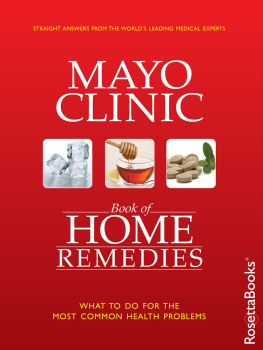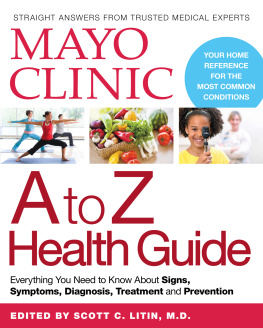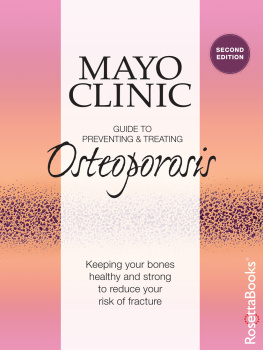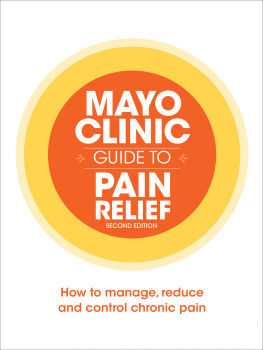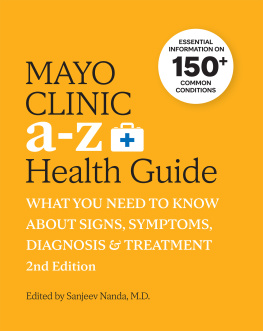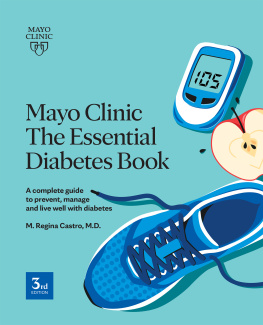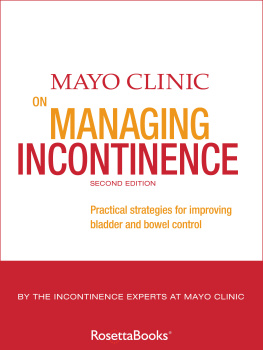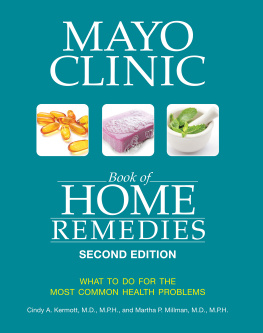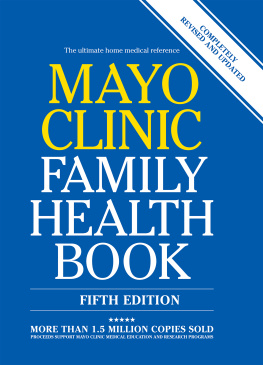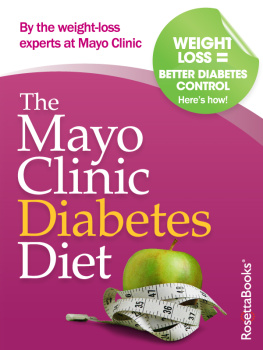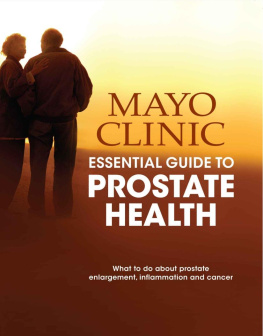
MAYO
CLINIC
Book of
HOME
REMEDIES
MAYO CLINIC
Medical Editors Philip Hagen, M.D., Martha Millman, M.D.
Senior Director, Content Nicole Spelhaug
Senior Product Manager, Books and Newsletters Christopher Frye
Managing Editor Kevin Kaufman
Contributing Editor Karen Wallevand
Art Directors Stewart Jay Koski, Rick Resnick
Editorial Research Librarians Anthony Cook, Amanda Golden
Proofreaders Miranda Attlesey, Donna Hanson
Indexer Steve Rath
Administrative Assistants Beverly Steele, Terri Zanto Strausbauch
TIME HOME ENTERTAINMENT
Publisher Richard Fraiman
General Manager Steven Sandonato
Executive Director, Marketing Services Carol Pittard
Director, Retail & Special Sales Tom Mifsud
Director, New Product Development Peter Harper
Director, Bookazine Development & Marketing Laura Adam
Publishing Director, Brand Marketing Joy Butts
Assistant General Counsel Helen Wan
Book Production Manager Susan Chodakiewicz
Design & Prepress Manager Anne-Michelle Gallero
Associate Manager, Product Marketing Nina Fleishman
Special thanks to Christine Austin, Jeremy Biloon, Glenn Buonocore, Jim Childs, Rose Cirrincione, Jacqueline Fitzgerald, Carrie Frazier, Lauren Hall, Suzanne Janso, Malena Jones, Brynn Joyce, Mona Li, Robert Marasco, Amy Migliaccio, Kimberly Posa, Brooke Reger, Dave Rozzelle, Ilene Schreider, Adriana Tierno, Alex Voznesenskiy, Sydney Webber
Published by Time Home Entertainment Inc.
Time Home Entertainment Inc.
135 W. 50th St.
New York, NY 10020
All rights reserved. No part of this book may be reproduced or used in any form or by any means, electronic or mechanical, including photocopying and recording, or by any information storage and retrieval system, without permission in writing from the publisher, except by a reviewer, who may quote brief passages in review.
2014 Mayo Foundation for Medical Education and Research
ISBN EPUB edition: 9780795342530
First edition: October 2010
We welcome your comments and suggestions on Mayo Clinic Book of Home Remedies. Please write to us at Time Home Entertainment Inc. Books, Attention: Book Editors, P.O. Box 11016, Des Moines, IA 50336-1016.
For bulk sales to employers, member groups and health-related companies, contact Mayo Clinic Health Management Resources, 200 First St. SW, Rochester, MN 55905, or send an email to SpecialSalesMayoBooks@Mayo.edu.
Mayo Clinic Book of Home Remedies is intended to supplement the advice of your personal physician, whom you should consult regarding individual medical conditions. MAYO, MAYO CLINIC and the Mayo triple-shield logo are marks of Mayo Foundation for Medical Education and Research.
We do not endorse any company or product.
Cover design by Daryl Luepke
Table of Contents
A
B
C
D
E
F
G
H
I
J
K
L
M
N
O
P
R
S
T
U
V
W
Introduction
The idea for Mayo Clinic Book of Home Remedies came from many discussions with Mayo Clinic physicians, nurses, health educators and other health care providers about the questions and concerns they hear most frequently from visitors to Mayo. In other words, what are the main reasons why people go to a doctor?
Our goal was to develop a simple resource that could guide your health decisions, offer easy remedies to treat many of your problems and possibly reduce the need for a visit to a clinic or emergency room. The result is a book filled with reliable, practical information on more than 120 of the most common medical conditions and issues related to good health.
Today, greater responsibility has been placed on each of us to stay healthy and prevent illness. This has been triggered, in no small part, by the rising costs of health care and by growing concern over public health issues as diverse as obesity, diabetes, influenza and food safety.
Of course, things happen that you may have little control over even after taking precautions, you may still catch colds, sprain ankles, have allergic reactions or develop high blood pressure. But Mayo Clinic Book of Home Remedies can show you how to minimize your risks of disease and injury and in the event that something should happen take necessary steps that help treat the condition until its resolved or until youre able to see your doctor. It can help you detect illness before it becomes a serious and costly problem. Of course, this book is not intended to replace the advice of your doctor, and lets you know when you need to see a medical professional.
How this book is organized
Considering the broad spectrum of health issues included in Mayo Clinic Book of Home Remedies, we feel that the easiest way for you to access the information is by arranging topics alphabetically. Each topic is introduced in a summary that may include signs and symptoms, causes, and possible outcomes.
Accompanying each topic is a Home Remedies segment that describes simple actions you can take to help prevent, treat or manage the condition, whether its straightforward advice on diet and exercise, or a change in behavior, or a supplement to help relieve signs and symptoms.
The Medical Help segment with each topic identifies serious signs and symptoms and advises you on when to contact a doctor or other health care provider and what kind of treatment you might expect.
At the back of the book is an Emergency Care section that provides quick referral to information youll need in the event of an emergency, be it stroke, heart attack, poisoning or bone fracture. Your decisive action during an emergency can be the difference between life and death.
Mayo Clinic Book of Home Remedies is based on the premise that there are many things you can do at home to stay healthy, relieve symptoms, improve emotional health, feel invigorated and enjoy a higher quality of life. Its our sincere hope that this book provides you with an important resource in achieving this complete approach to good health.

Philip Hagen, M.D., Martha Millman, M.D.
Medical Editors
Medical supplies for your home
When an accident or health problem occurs, its nice to have basic supplies on hand to treat the condition. Thats why you want to have a medical supply kit ready for use whether its an actual first-aid kit or just your bathroom cabinet stocked with a variety of helpful items.
Its best to store medical supplies in a place thats easily accessible to adults but out of the reach of children. Remember to replace items after their use to make sure the kit is always complete. And check your supplies yearly for outdated items that may need replacing. Check expiration dates on medications twice yearly.
Here are key items that you should have on hand if you want to be prepared for accidents and common illnesses:
- For general care. Sharp scissors, tweezers, cotton balls, cotton-tipped swabs, tissues, soap, cleansing pads or instant hand sanitizer, plastic bags, safety pins, latex or synthetic gloves for use if blood or body fluids are present, anti-diarrheal drugs, and a medicine cup or spoon.
- For cuts. Bandages of various sizes, gauze, paper or cloth tape, antiseptic solution to clean wounds and antibacterial ointment to prevent infection.
Next page
